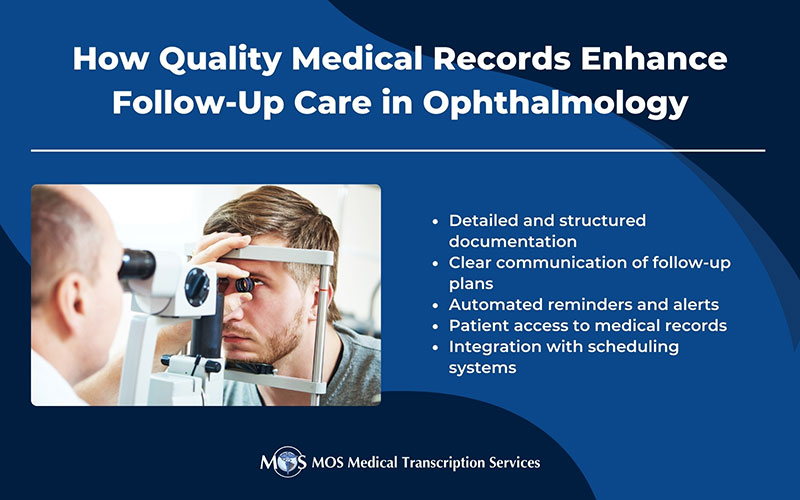Obtaining an accurate history is the critical first step in determining the etiology of a patient coming with eye problems. Most of the time, you will be able to make a diagnosis based on the history alone. However, the value of the history depends on the ability to elicit relevant information and that’s why accurate documentation of History of Present Illness (HPI) report is crucial in ophthalmology care. Let’s see how an HPI report is documented.
HPI report is the chronological description of the development of the patient’s present illness from the first sign or symptom or from the previous encounter to the present. The following elements may be included in the report.
- Location – This refers to the exact site where the patient is feeling the pain or discomfort (for example, eye or adnexa). You should also indicate whether it is unilateral or bilateral.
- Quality – If the patient is experiencing pain, then the nature of the pain should be documented. Specify whether the pain is constant, improved or worsening. If there is problem with vision, indicate whether the patient experiences blurry vision, foggy vision or double vision.
- Severity – It represents the degree of pain or loss of sight. Describe the pain or redness on a scale of 1 to 10 here with the score 10 being the worst.
- Duration – Indicate how long the issue has been a problem for the patient. You can specify the date of onset here.
- Timing – This represents morning/noon, mealtime, rising from prone position or lying down.
- Context – Indicate whether the problem is associated with any activity (for example, after medication or while reading or driving).
- Modifying Factors – This refers to the efforts the patient has taken to improve the problem. This may include medication/therapy, heat versus cold, artificial tears, opening or shutting of eyelids, and whether there has been no improvement or whether the condition worsened.
- Associated Signs and Symptoms – This allows you to indicate any associated signs and symptoms with the problem such as halos, pain, headache, twitching, tearing, discharge, redness, dizziness, blurry vision, floaters or foreign-body sensation.
- Status of Chronic or Inactive Conditions – If the patient has any inactive or chronic condition such as glaucoma or cataracts, then the current status of that condition should be specified.
Types of HPI Reports
There are two common types of HPI reports such as:
- Brief HPI – A brief HPI is defined as the documentation of one to three elements of the present illness.
- Extended HPI – An extended HPI is defined as the documentation of four to eight elements of the present illness
EHR for HPI Report and How Transcription Is Important
With the EHR incentive program, ophthalmology practices are increasingly migrating from paper-based charts to electronic records. The pre-loaded templates within EHR help physicians enter and retrieve patient history quickly. The patient’s records can be delivered to specialists and other members of the care team, if using a cloud-based system. Ophthalmologists can take quick treatment decisions with this and provide care without any delay. However, transcription continues to be important to overcome the challenges with EHR and ensure quality care.
The major disadvantages with EHR are as follows:
- The templates impair the normal flow of open-ended questions and the physician’s focus on the patient. Instead of concentrating on the patient’s reactions and behavior, physicians have to look at their computer screen while the patient is discussing his/her problems. Crucial information may be missed out of the report due to this.
- The pre-loaded templates limit the narrative description so that the patient’s HPI report may not be comprehensive.
- As the number of patients increases, physicians may often miss entering some details while hurrying up to balance their time between documentation and patient care
This is why transcription still important to generate accurate history reports. However, efficient electronic record systems are important as well. The best option is a combined approach of EHR and transcription. In this approach, physician dictation is transcribed with the help of experienced medical transcriptionists and the transcribed data is populated into appropriate fields with EHR. This will ensure the completeness of reports, allow physicians to spend more time with their patients and improve the quality of care provided. A professional transcription company would offer three level quality assurance with proofreaders and editors to improve the accuracy of history reports.
